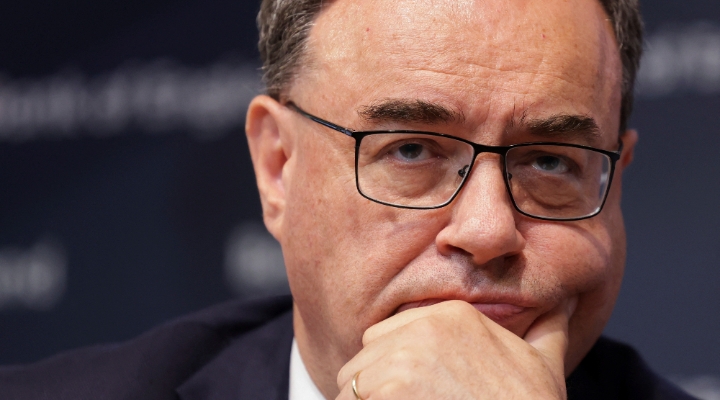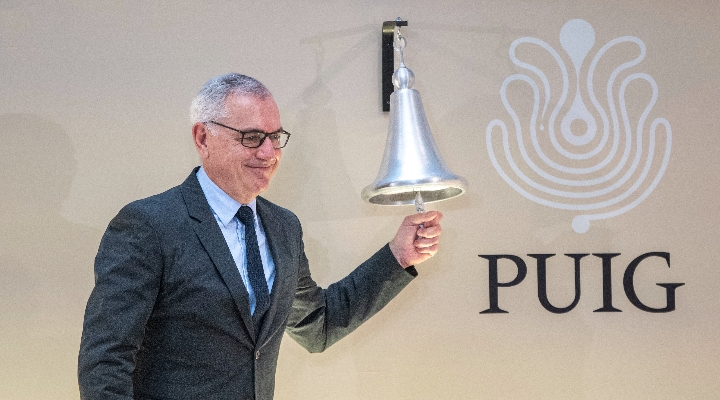John Stopford, Investec Asset Management's Global Co-Head of Fixed Income and Currency, and portfolio manager of the Investec Strategic Bond fund, tells Morningstar there's some merit in recent talk of a bond bubble. The problem with bubbles, he explains, is they can get bigger and last longer than you expect, and so long as central banks continue to ease policy and keep rates at very low levels, the incentive remains for investors to seek yield. He therefore estimates that a bursting of the bubble could be around 12 months away.
Holly Cook: Hello, I’m Holly Cook for Morningstar. Joining me today is John Stopford, he’s co-head of fixed income and currency at Investec Asset Management. John, thanks for joining me.
You manage the Investec Strategic Bond fund, which recently changed its name from Investec Sterling Bond fund. Can you explain the name change—is it a change in strategy?
John Stopford: No, it’s not a change in strategy. We just wanted a name that we thought was more descriptive. So the fund sits in the strategic bond fund sector and we think it’s a truly strategic fund. It has a mandate that has a lot of flexibility and as we manage risk and exposure through the cycle, we felt that strategic was a name that gave people a better sense of what the fund does.
Cook: So what role do you see that fund playing as part of a diversified portfolio?
Stopford: We see it very much as a core fixed income holding for UK investors. So the fund is designed to be active—to manage exposure to different aspects of fixed income through the cycle. It has a very flexible mandate so it can play interest rate exposure, credit, emerging markets, currency to some extent, but it’s run from a risk-averse point of view, so we’re looking to deliver attractive returns through the cycle but for a moderate level of risk. And ultimately we’d like investors to hold that fund, and if they want to have tilts to other strategies then add those on top.
Cook: We’ve seen assets flooding into fixed income recently, which has led to a lot speculation of there potentially being a bond bubble. What’s your take on that?
Stopford: I think the argument has some merit. I think if you look at what government bonds are pricing, they’re starting to get to a point where they’re pricing in a lot of bad news, so they’re pricing in a high probability of a Japan-style scenario. The problem obviously with bubbles is that they can get bigger and last longer than you expect. And I think for quite good reasons we don’t see this market turning around soon. I think the main reason is as long as central banks are tending to ease policy and keep interest rates at very low levels, I think the incentive is there for investors to continue to reach for yield. So a bursting of the bubble will be 12 months or perhaps longer from now, we think.
Cook: Given central banks policy at the moment and the economic climate, what’s your general outlook, for bond yields in particular?
Stopford: Well I think government bond yields look fairly fully priced, but we do think there’s relatively good value in a number of areas, and also there are some opportunities to hedge some of those medium-term risks. In particular, we think there’s still value in corporate debt—both investment grade and high yield; given the improvement in company fundamentals we think credit yields an attractive spread over government bonds. We also think it makes sense to begin to diversify risk out of some of the traditional ‘hard’ currency markets, like sterling, like the US and so forth, and look for opportunities in some of the newer markets—including emerging markets—where we now see economies and balance sheets much better managed, interest rates looking relatively attractive, and the risks are diminishing relative to developed markets. So we see opportunities there, both on the bond side and actually on the currency side. The other area we’re beginning to think makes sense to have some exposure to, but we’ve yet to build a big position, is inflation-linked bonds because ultimately we think monetary policy is designed to create inflation.
Cook: Can you give me an example of a change that you’ve made to the portfolio recently and explain why?
Stopford: A good example would be we have bought recently some exposure to a range of emerging currencies and some ‘harder’ developed currencies like the Australian dollar and Norwegian krone, and we’ve sold dollars and euros to fund that. And that’s taking a view that the debt problems in the US, the structural problems in Europe will ultimately come home to roost, and the central banks—particularly the US Federal Reserve—are actually giving us a green light to sell dollars. So we think adding some exposure to other currency on top gives us a nice diversified source of returns and a hedge against policy mismanagement in developed economies.
Cook: So do you think it’s fair to say, given what you’ve told me today, that we can expect maybe some muted returns in the near term, but that if you wanted to diversify within fixed income there are some interesting opportunities?
Stopford: Yes, to a degree. Clearly yields have come down, so I think prospective returns in the future will be lower than perhaps people have been used to. That said, the bond market isn’t a homogeneous asset class. There are lots of areas of the bond market which at different points in the cycle, or because they’re valued differently, will deliver good returns and then there’ll be parts of the market that you want to avoid because they’ll deliver poor returns. So I think as long as you have a mandate that can look for those opportunities and shift the allocation through time then you’ve got an opportunity, I think, to deliver decent returns even in a low yield environment.
Cook: John, thanks for joining me today, some very interesting insights.























